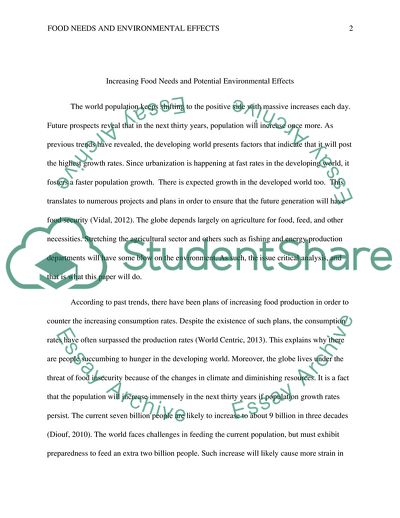Cite this document
(Food Supply and Environmental Issues Term Paper - 1, n.d.)
Food Supply and Environmental Issues Term Paper - 1. https://studentshare.org/environmental-studies/1794408-food-supply-and-environmental-issues
Food Supply and Environmental Issues Term Paper - 1. https://studentshare.org/environmental-studies/1794408-food-supply-and-environmental-issues
(Food Supply and Environmental Issues Term Paper - 1)
Food Supply and Environmental Issues Term Paper - 1. https://studentshare.org/environmental-studies/1794408-food-supply-and-environmental-issues.
Food Supply and Environmental Issues Term Paper - 1. https://studentshare.org/environmental-studies/1794408-food-supply-and-environmental-issues.
“Food Supply and Environmental Issues Term Paper - 1”. https://studentshare.org/environmental-studies/1794408-food-supply-and-environmental-issues.


